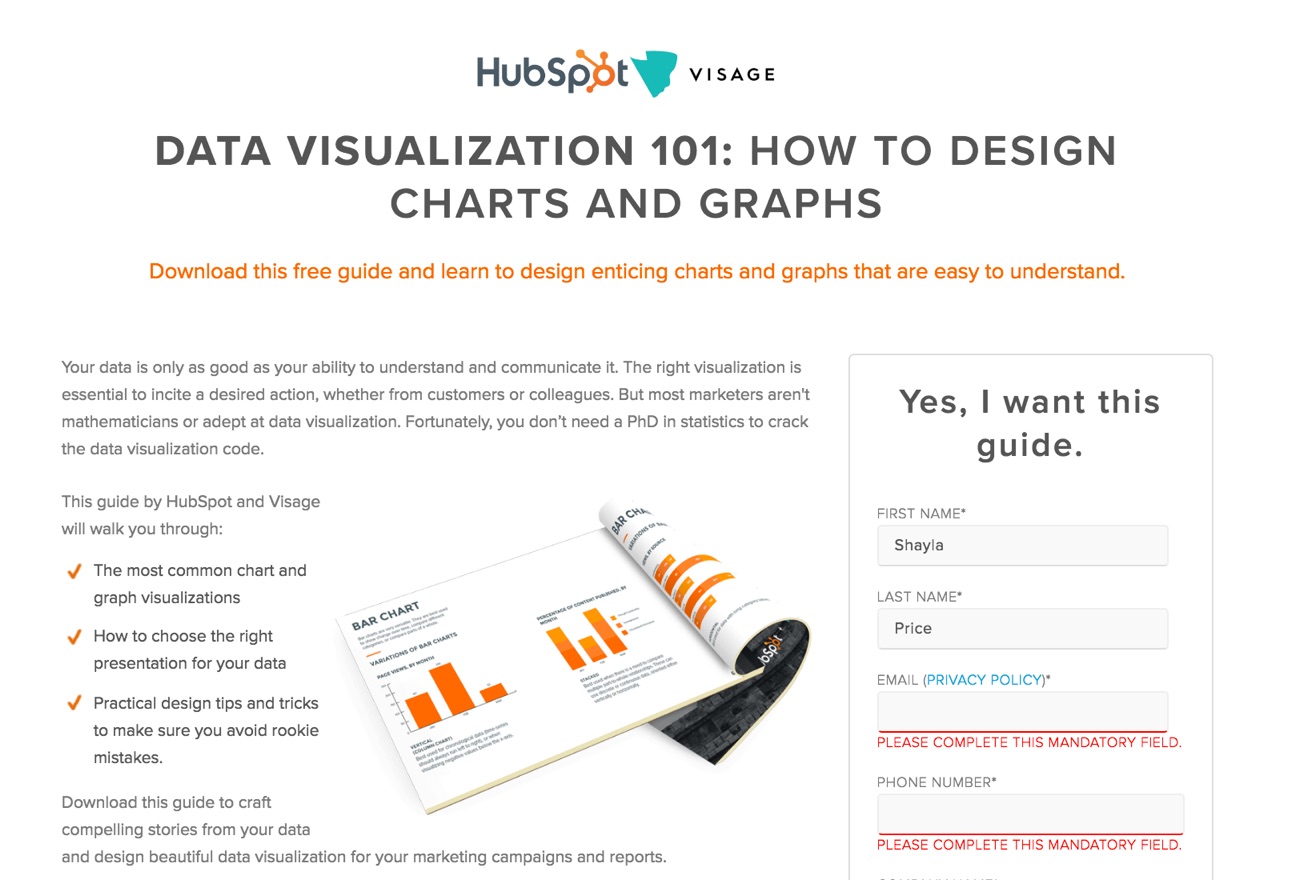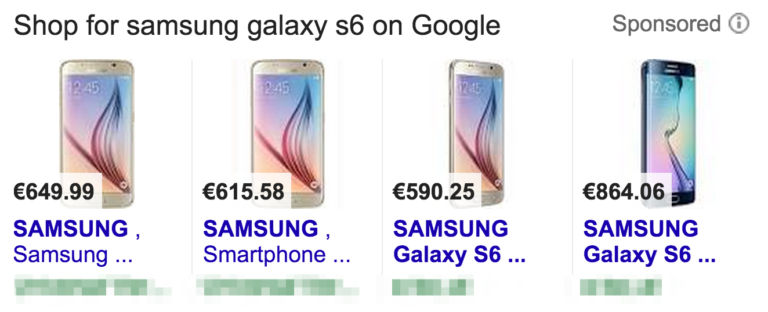Onboarding never ends.
Some SaaS teams may approach onboarding as an activity-a one-time event for each consumer.
However, it’s time to change your perspective. Consider onboarding as an ongoing process that continues beyond initial setup.
Whether it’s teaching loyal consumers about new integrations or training newbies about your dashboard, it’s vital that you have their undivided attention.
John Waldron of markITwrite believes that the onboarding stage is “one of the most perilous phases in the whole conversion process.”
So, don’t lose customers just because you failed to capture your audience’s attention. Here are four techniques to get your team started:
1. Offer Ongoing Training
Every customer is different.
Some will adapt quickly to your software. They will learn every feature in one day and possibly point out inefficiencies in your system.
On the other hand, other customers will take longer to learn your platform. They may desire a step-by-step guide to understand everything. And they may need additional content resources to be successful.
To serve both types of consumers, segment training programs based on the customers’ behaviors. This gives everyone an opportunity to learn according to their needs. Moreover, you retain their attention.
“Proactive customer success training is delivered through online courses and on-demand training designed to get your new customers up to speed from acquisition to activation in as short as possible timeframe,” says Miranda Lievers Chief, Customer Officer of Thinkific.
Hubspot offers their customers the option to refresh their learning. The inbound marketing software company has a YouTube playlist dedicated just for product tutorials.

Visage creates training with the help of strategic partnerships. For example, the data visualization company teamed up with Hubspot to help their users tell better stories with visuals.

However, be mindful not to push your customers towards training. It should be at their own pace, not yours.
“[Y]ou should be careful not to take progressive onboarding too far. Let the customer navigate in their own time. There shouldn’t be a need to provide hints on every screen. If you excessively prompt new customers with obvious hints, you risk annoying or distracting your customers,” writes Hannah Levenson, Community Manager at Appsee.
Keep your customers focused. Engage them with ongoing training.
2. Leverage Multiple Communication Channels
Years ago, it took months to communicate with someone. But today, we live in a highly-connected society. And we can talk to someone in a matter of seconds.
In addition, there are various forms of communication channels available to us. With so many ways to get our brand message across, teams forget that the consumer is the one with the ultimate decision.
“By giving people a choice how to reach you, you make your website more user friendly and can drive more leads and sales. Users get to choose the way to communicate that’s most convenient for them, which makes it easier to connect with you and further the relationship,” states Corey Pemberton is a copywriter and marketer.
Experiment with different communication channels, such as text, in-app messaging, and email. If you don’t, your team may risk losing the customer’s interest.
Shopify offers support services via email, live chat, and phone.

Jim Marous, co-publisher of The Financial Brand, says, “Leveraging multiple channels […] allows you to appeal to a customer’s channel preferences while delivering a highly personalized message that will positively impact results.”
Mobile platforms are a popular platform for customer support, with more than 60% of people using smartphones to connect online. Research also shows that “more than 20% of people using Facebook and Twitter seek information about different products and services.” Thus, it may be time for your SaaS to discuss mobile and social solutions.
And here’s a pro tip: Don’t inundate people with bulletins on a dozen different channels. Choose a few and concentrate on delivering attention-getting messages.
3. Incentivize the Process
People like receiving rewards. From an early age, we’re conditioned to expect incentives for positive behavior.
“Everyone loves new and free stuff, and your users aren’t any different. One of the best ways to adopt users or keep them interested in your software is to offer an incentive,” says Omri Erel, Lead Author & Editor of SaaSAddict Blog.
Similar to grade school when earning a passing score may get you an extra recess, reward your customers with a small token for completing a step in the onboarding process
Take advantage of people’s “need to complete.” It’s a powerful psychological driver in customer engagement.
In our brains, completion equates to success. It gives us a sense of relief and accomplishment.
And it can bring back good memories, like when we completed our high school classes or a certificate program.
Offer that same joy to your users. Add a progress bar to the onboarding process.
Each milestone should be simple, yet informative for the customer. You can encourage them to complete their profile or persuade them to learn a new tool.
When setting up an Etsy shop, the brand displays a progress meter showing the next steps in the onboarding process.

It’s essential to reward them for their positive behavior.
“Whether it’s a discount, promotion, or an enticing statistic to show how the steps you suggest they follow will boost conversions, save them money or any other applicable metric. By providing a relevant incentive, people are much more likely to take action,” states Slava Rudenko, Project Manager and Marketing Executive at myTips.
Go the extra mile. Give your customers incentives for choosing your brand.
4. Build Real Relationships
Your SaaS team is told over and over again to build relationships with your customers. But what does that really mean?
For starters, don’t treat your customers like a number. Referring to someone as Ticket #12438 isn’t going to retain your customer’s attention.
Learn more about their goals and interests to create a better customer experience. That means gathering data from several sources.
“The key is to use the quantitative data that you are collecting through your analytics tools, and the qualitative data that you are collecting through customer interaction and in-context messaging to create a individualized experiences that excite and delight your users,” states Brian Rogers, former Director of Customer Success at Evergage.
Real relationships also translate into unbelievable customer service. No one likes waiting 12 days for their concerns to be addressed.
“New clients are going to have a lot of questions. If you want to earn their trust, you need to be prepared with quick responses. Minimal response time should be something you strive to deliver, and it’s even more important when your clients are still getting to know you,” writes, Ron Williams, Business Success Strategist at ConnectWise, Inc.
Customers need a reason to stick around. A good product is a start, but an authentic relationship is better.
Onboard With Purpose
Customer onboarding is an integral part of the conversion process. It’s the difference between higher retention or higher churn.
Offer users ongoing training to help them easily navigate your platform. Deliver customer messages on multiple communication channels. And focus on building genuine relationships rooted in value.
Retain customer attention. Onboard with purpose.
About the Author: Shayla Price lives at the intersection of digital marketing, technology and social responsibility. Connect with her on Twitter @shaylaprice.
